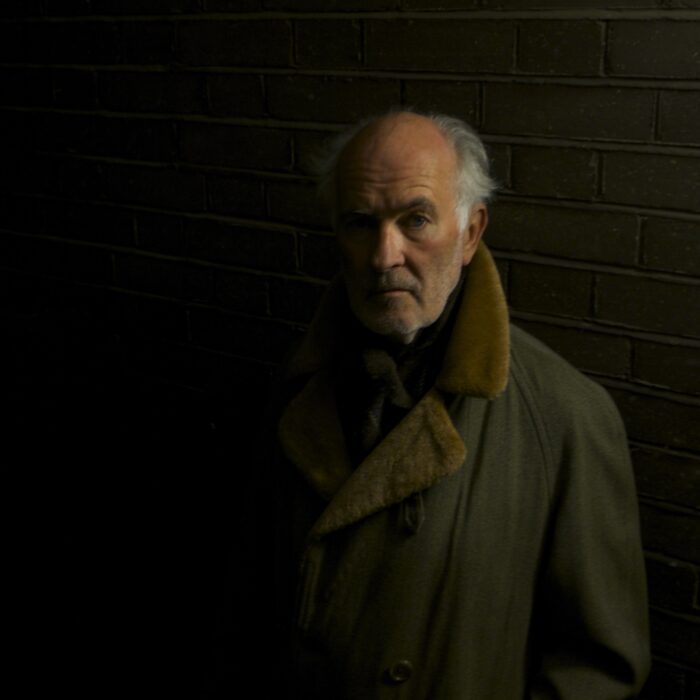When Radio On hit the screens for real in 1980, English cinema could hail a new auteur to reckon with: Christopher Petit, as he got credited then. Chris, as he refers to himself these days, had already made a name for himself before embarking on his maiden journey as a director: For the better part of the 70s, he was the Film Editor of Time Out and a writer for the music weekly Melody Maker, which both back then meant something.
Radio On is special in English cinema, because it fuses the local and the cosmopolitan in ways no other director had done since The Archers ie. Michael Powell & Emeric Pressburger. It’s a film that documents the wasteland of industrial England during the long Winter of Discontent that led to the election of Margaret Thatcher – in a visual style commonly connected to the film’s co-producer, Wim Wenders, by way of the incomparable director of photography Martin Schäfer.
Destiny had a hand in this, as Petit grew partly up in Iserlohn where his father, a career soldier, was stationed for years. Petit said that for a long time, he found the culture he got to know there far more attractive than what he knew of England: Beaten Germany felt strangely arrested, strangely progressive (Mercedes, Telefunken), more technological and complicated, and interestingly scarred by its psychological burden. A few years on, Petit would actually shoot two fiction features in the FRG, Flight to Berlin (1983) and Chinese Boxes (1984), both, like Radio On, crime narratives that are interested in everything about their cases except who’s the culprit. In between these, we find the P. D. James-adaptation An Unsuitable Job for a Woman (1982) which does the traditional British country house murder mystery with a sense of dispassionate distance and irony that evokes Joseph Losey via Monte Hellman. Four movies in five years – not bad.
Yet Petit would never make another fiction feature for cinema again – at least not in the traditional fashion that he so gracefully played with here as well as in his sole excursion into prime time prestige TV, Agatha Christie’s Miss Marple: A Caribbean Mystery (1989). You could say that Petit wasn’t made for a career-style approach to the art. People like him don’t have careers – they have fun; they enjoy themselves doing what interests them with the possibilities at hand. 90s British television still had budgets and slots available for less orthodox forms – let’s call them essays. His most celebrated of these, Without Walls: The Cardinal and the Corpse (1992), became Petit’s first collaboration with Iain Sinclair, the nec plus ultra London writer since the 80s, with whom he would then co-direct some of his most dazzling post-slot-TV works: The Falconer (1998), Asylum (2000) and London Orbital (2002); the former was also the start of an even more far-reaching collaboration with Emma Matthews, officially only the editor of almost everything Petit did since, in reality an artistic influence that strongly characterizes each project’s fabric.
Somehow, Petit always finds a way to make a film – even if that means writing a novel, cutting a record or doing a performance. And while busying himself with all that, he constantly reinvents the art(s). Thus, it was unavoidable that his films would become more and more personal – ruggedly anecdotal in gesture and melancholically epigrammatic in style. Both Content (2010) and D Is for Distance (2025) have their autobiographical dimensions – but then, as his umpteenth variations/revisitations of Radio On, they are also haunting studies in progressive alienness and time passing. If Thomas Wolfe describes the Modernist malaise with You Can’t Go Home Again (1940), then Petit’s cinema wonders what home is, and who’s you?
Olaf Möller
